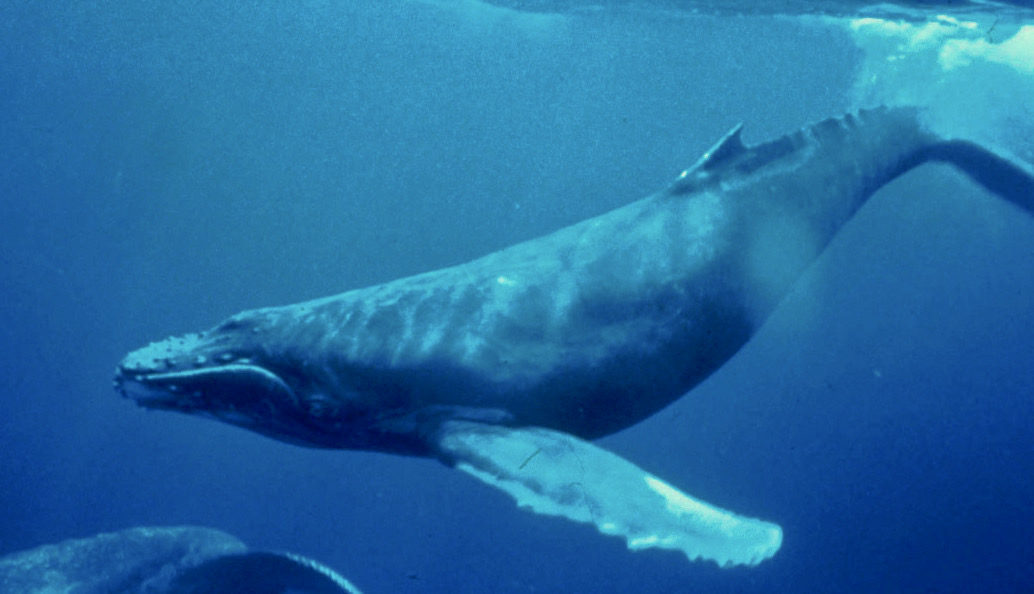Whales by the Beach
Whales by the beach of Moss Landing, California were feeding close to the shore, incredibly, they appeared when a school of krill were swimming close by. Alongside, there were diving pelicans and a number of birds dangerously close to the whales, never the less the birds managed to survive such a spectacle.
Humpback whales feed from spring to fall. Their main food items are krill and small schooling fish. The most common krill species eaten in the southern hemisphere is the Anarctic krill.
Further north, the northern krill and various species of Euphausia and Thysanoessa are consumed. Fish prey include herring, capelin, sand lance and Atlantic mackerel. Humpbacks are “gulp feeders”, shallowing prey in bulk, while right whales and bowhead whales are skimmers. The whale increases its mouth gape by expanding the grooves. Water is pushed out through the baleen.
In the southern hemisphere, humpbacks have been recorded foraging in large compact gatherings numbering up to 200 individuals.
A group of 15 whales bubble net fishing near Juneau, Alaska
Humpbacks hunt their prey by performing bubble-net feeding. A group of whales swim in a shrinking circle while blowing air from their blowholes, capturing the prey above them in a cylinder of bubbles. They may dive up to 20 m (66 ft) performing this technique. Bubble-netting comes in two main forms; upward spirals and double loops. Upward spirals involve the whales blowing air from their blowhole continuously as they circle towards the surface, creating a spiral of bubbles. Double loops consist of a deep, long loop of bubbles that herds the prey, followed by slapping the surface and then a smaller loop that prepares the final capture. Combinations of spiraling and looping have been recorded. After the humpbacks create the “nets”, the whales swim into them with their mouths gaping and ready to swallow.


